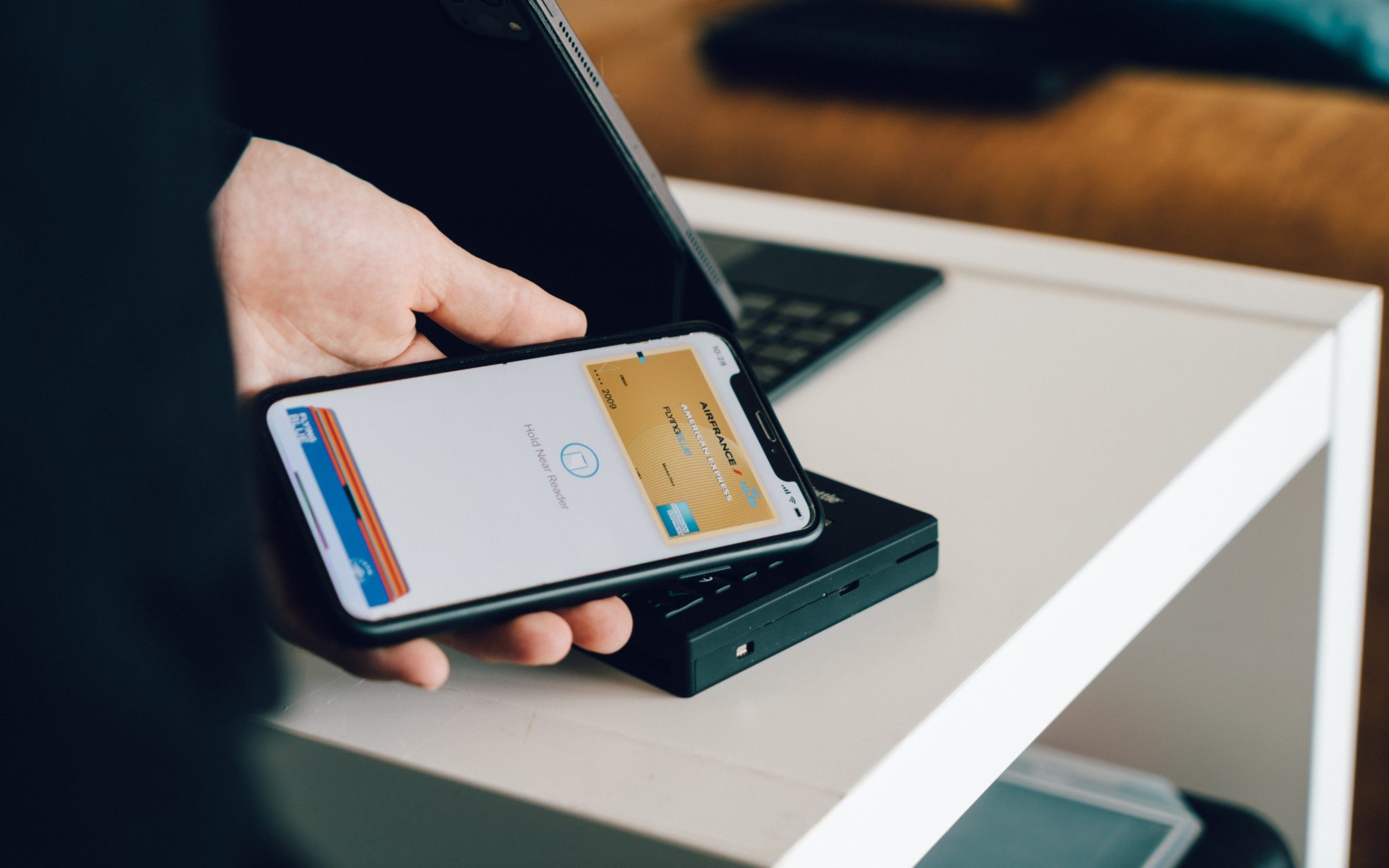Play to Win.
By John Garvey
It’s funny how in business a single headline, data point or catchphrase can overshadow the big picture. We’re talking about the Retail Apocalypse, but we’re talking more specifically about the impact of e-commerce on brick and mortar retail.
Contrary to the impression news headlines can create, many sectors of traditional retail are thriving. The number of store closings in recent years, however, may be costing you sleep regardless of how your business is faring. For all the turmoil, this is actually a time of great opportunity for traditional retailers. In fact, Forbes, Business Insider, Entrepreneur and others have maintained the perspective that:
- The impact of e-commerce on brick and mortar retail is overstated and misunderstood, and
- The long-term outlook for retail is great.
The Best of Both Worlds
 Retail chains that have continued to prosper through the so-called “Retail Apocalypse” are those that “understand the biggest advantage e-commerce retailers have is their ability to collect and leverage insights into consumer behaviors gained by technological innovations like big data,” according to Forbes Technology Council Lucas Roh. “They are adopting technology and processes to achieve the same advantage and adapt to today’s retail landscape.”
Retail chains that have continued to prosper through the so-called “Retail Apocalypse” are those that “understand the biggest advantage e-commerce retailers have is their ability to collect and leverage insights into consumer behaviors gained by technological innovations like big data,” according to Forbes Technology Council Lucas Roh. “They are adopting technology and processes to achieve the same advantage and adapt to today’s retail landscape.”
Roh boldly and bluntly states that “The Retail Apocalypse Is Not Happening,” and he’s not alone in that belief. But nobody’s saying we’re not in the midst of a seismic shift.
“The real impact e-commerce has on the retail industry is in consumer expectations,” Roh continues. “Consumers now expect a more convenient, tailored omnichannel shopping experience, whether they are online or in-store.”
This all points to at least one key lesson:
 Big Data, customer analytics and online marketing are no longer competitive advantages.
Big Data, customer analytics and online marketing are no longer competitive advantages.
Yesterday’s advantages are today’s necessities. That may sound stressful at first, but we’re excited about how these can benefit retailers and consumers.
That’s because today’s solutions address issues that have plagued retail for generations. They can make your life easier and your business more profitable. Even mom and pop retailers can now use business intelligence tools to reduce spoilage, pilfering, and stock-outs; enjoy higher margins; and optimize staff scheduling.
NCR Counterpoint—which RCS has used for decades— can now integrate data across multiple departments and generate over 40 reports. Among other things, these help forecast inventory, flag suspicious transactions and optimize pricing.
Instead of thinking of this as a David vs. Goliath thing, think of e-commerce style capabilities as ways brick and mortar retailers can solve problems that were around long before Amazon.
Omnichannel, not digital, is the face of the future
Companies that provide customers flexible purchasing options understand that decades from now there will still be thriving brick and mortar stores with e-commerce integrations. We’re not moving to an e-commerce model; we’re moving to a hybrid model. Why else would the kingpin of e-commerce be opening brick and mortar grocery and book stores? Why would Amazon have acquired Whole Foods if brick and mortar were tanking?
“Brick and mortar retailers no longer have to feel that they’re staring up helplessly at the giants of e-commerce,” writes Jia Wert, CEO of the fashion brand Studio 15 in Forbes.
E-commerce firms, it turns out, need a physical presence to build brand recognition and achieve their long-term business objectives. More to the point, traditional retailers who make use of the digital economy’s capabilities can not only survive but prosper with the help of modern inventory, marketing, and point of sale platforms.
Learn how we can optimize your ominichannel marketing, inventory management and sales.



